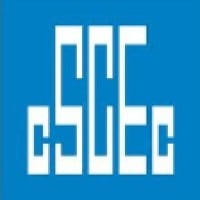
CHINA STATE CONSTRUCTION (CSCEC)
China State Construction Engineering Corporation Ltd (in short: China Construction; Stock code: 601668), formally established on December 10, 2007, was co-initiated by four Fortune Global 500 enterprises: China State Construction Engineering Corp. (CSCEC), China National Petroleum Corporation (CNPC), Baosteel Group Corporation Ltd and Sinochem Corporation. China Construction was successfully listed in Shanghai Stock Exchange on July 29, 2009. China Construction has inherited all superior assets and corporate culture of CSCEC, with its business covering housing construction, international contracting, real estate development and investment, infrastructure construction and investment, prospecting and design. China Construction is China’s largest construction and real estate conglomerate and biggest building work contractor. It is the largest transnational construction company in the developing countries and the top home builder in the world, taking the long lead of China’s international contracting business. China Construction is well known in the world for undertaking super high-rise, grand scale, cutting-edge and novel projects and has built up a great number of landmark projects in China and around the world. Such business concept and brand image of China Construction as “Providing Excellent Services across all Continents with Superior Quality as the Top Priority” is universally acknowledged and commended. China Construction is one of the most integrated construction and real estate conglomerates in China with the longest history of specialized operation and market-oriented management. It is the only construction enterprise in China certified for 3 top grade Qualifications of general contracting for building works, municipal public works and highway works, in addition to “1+4” qualifications and first-grade qualification for engineering design of building industry.






